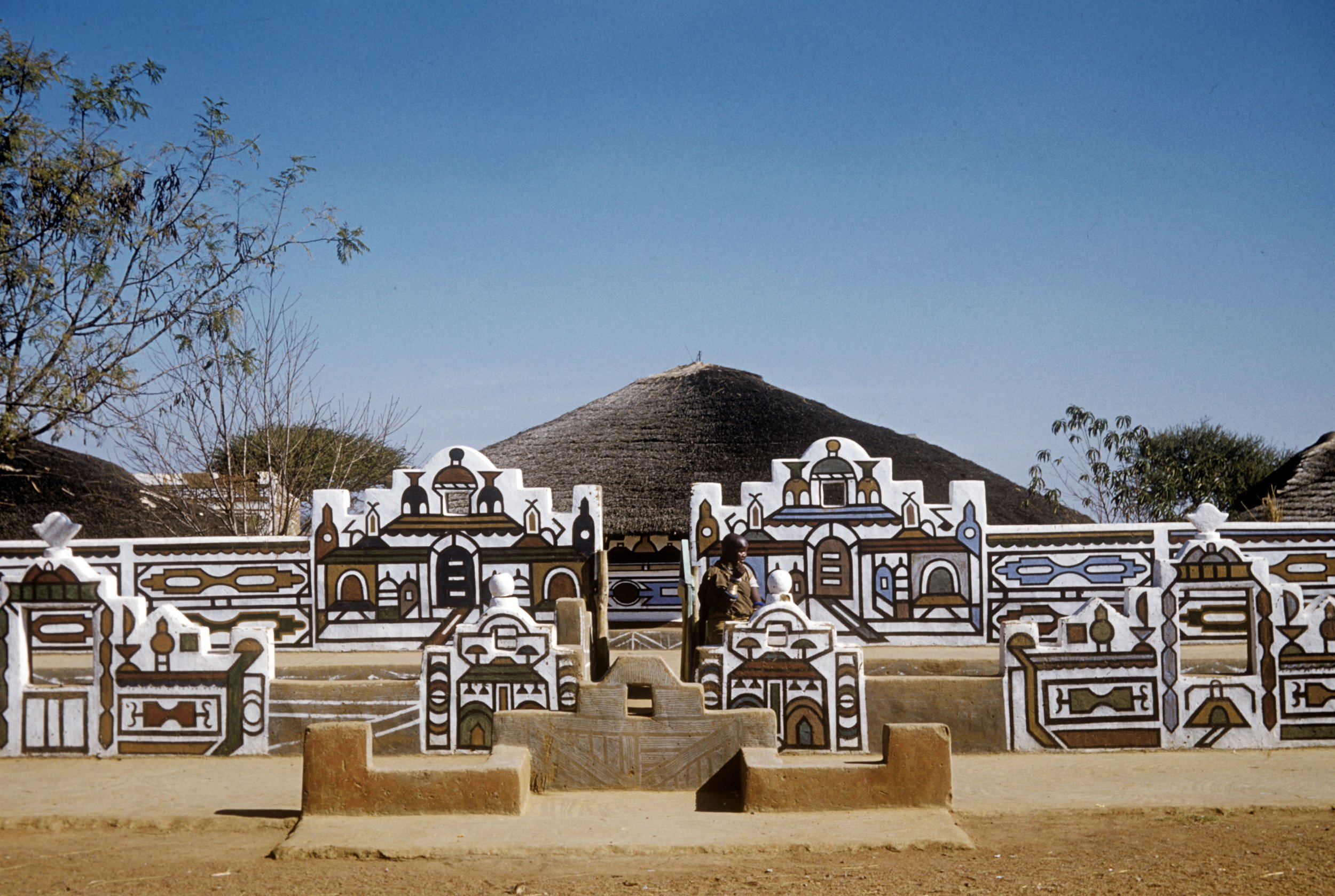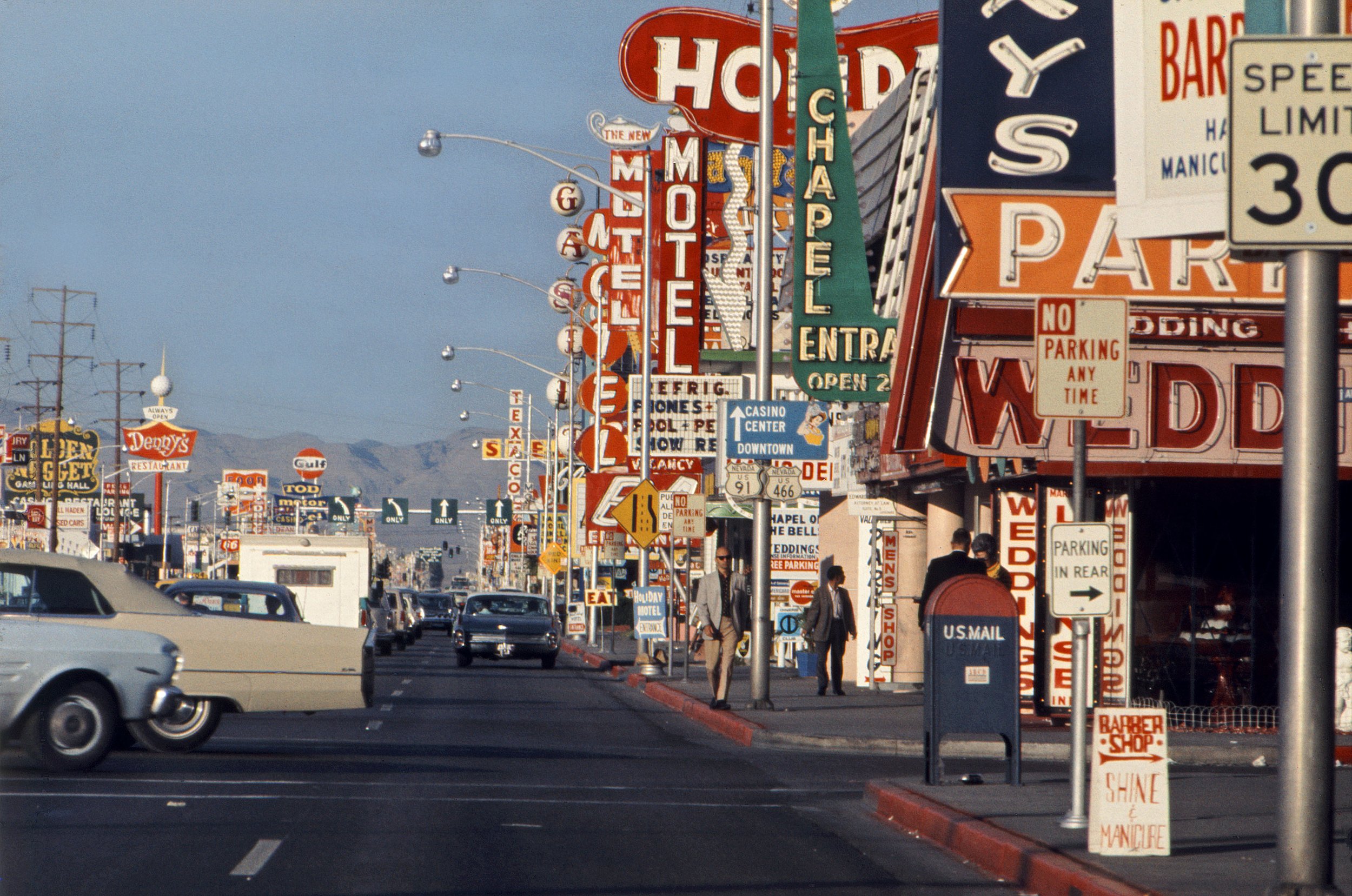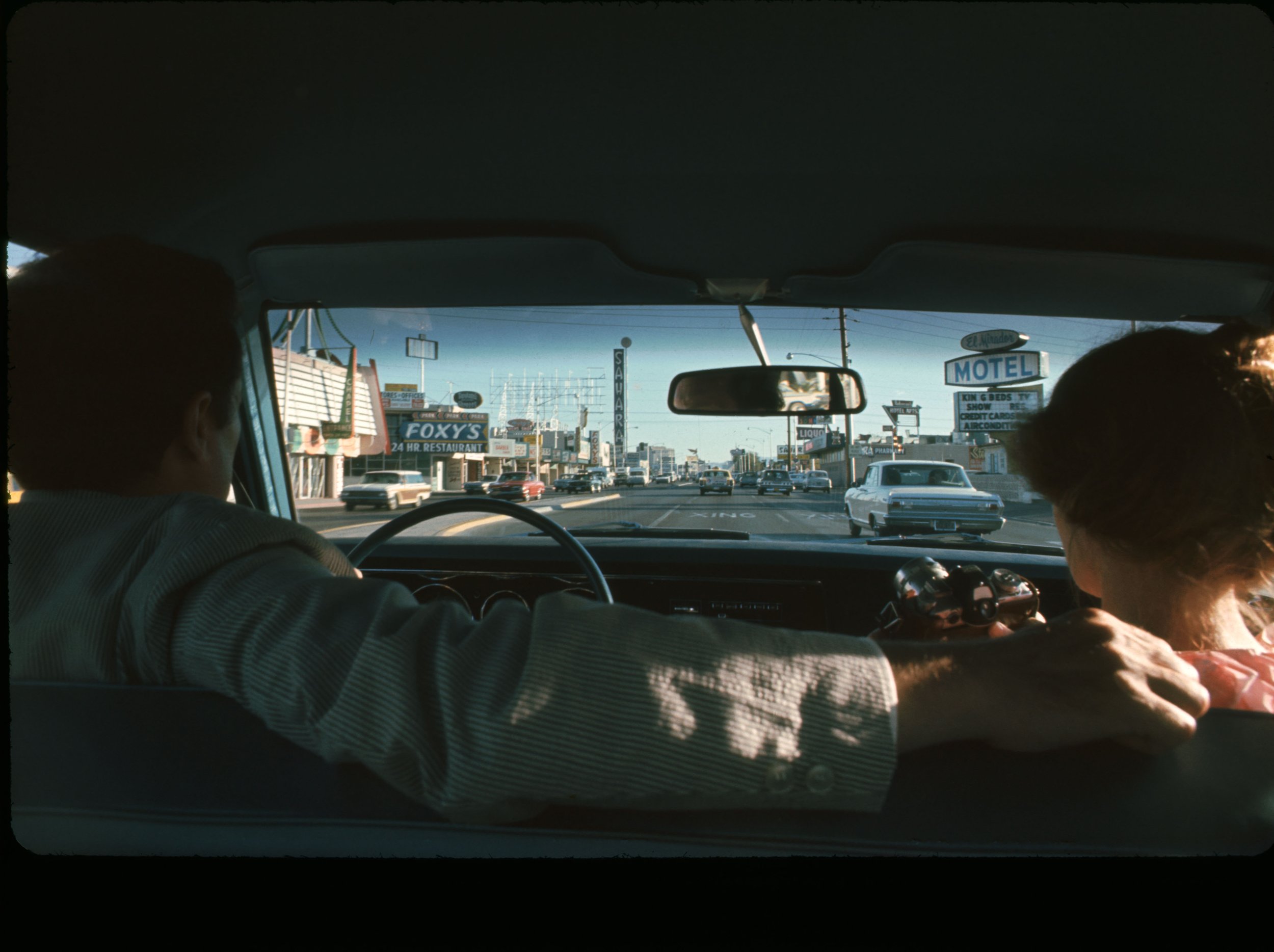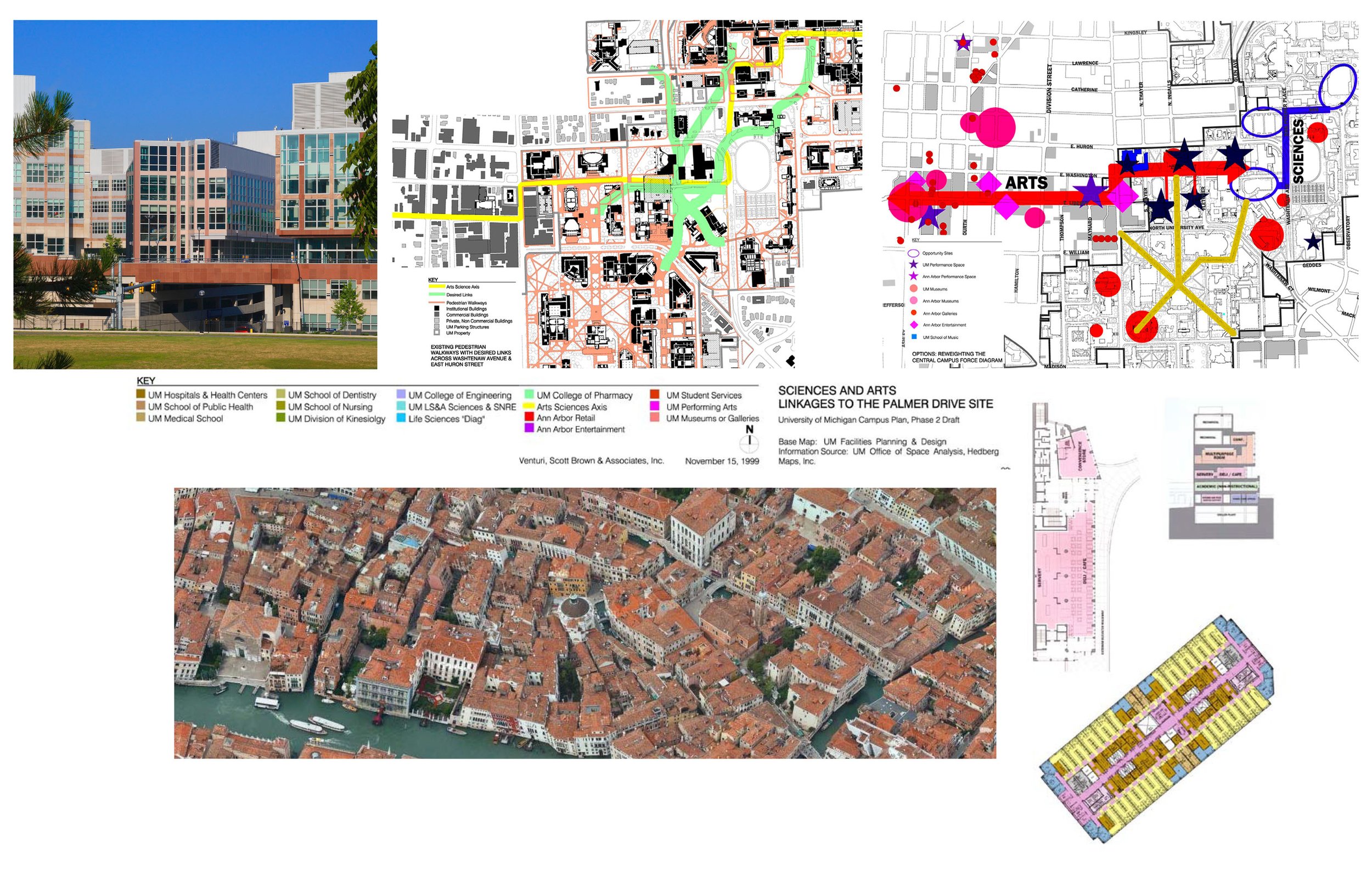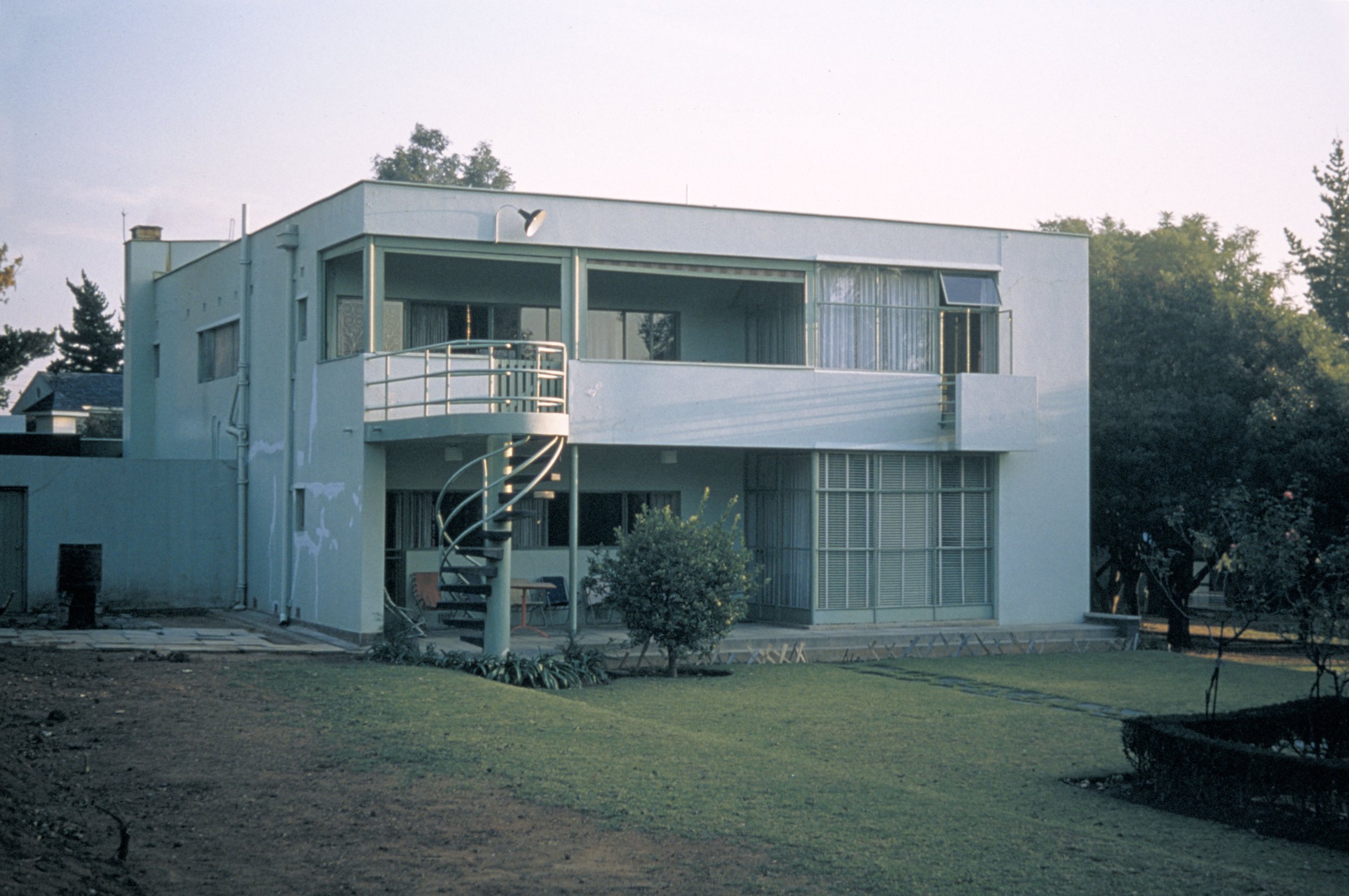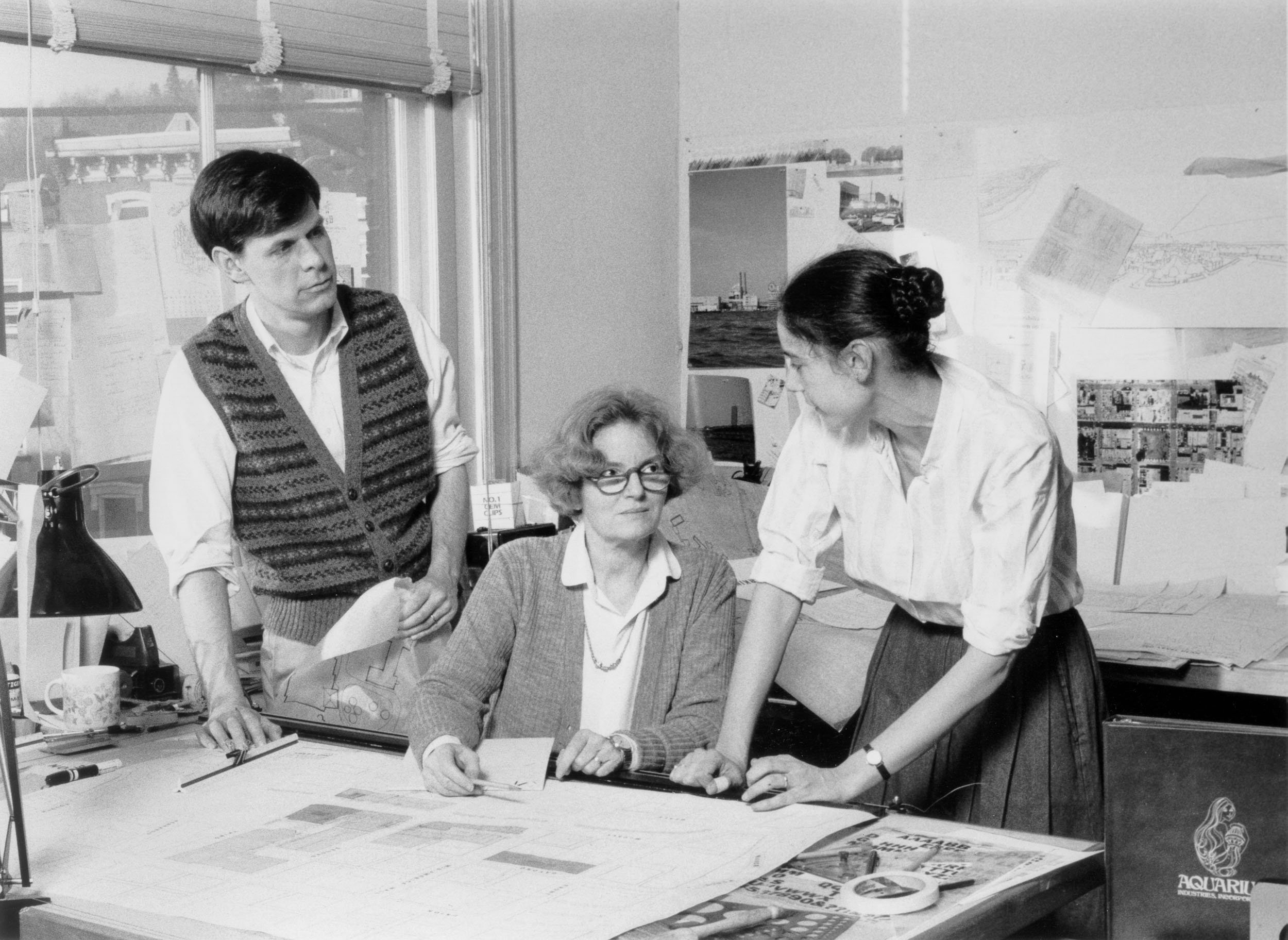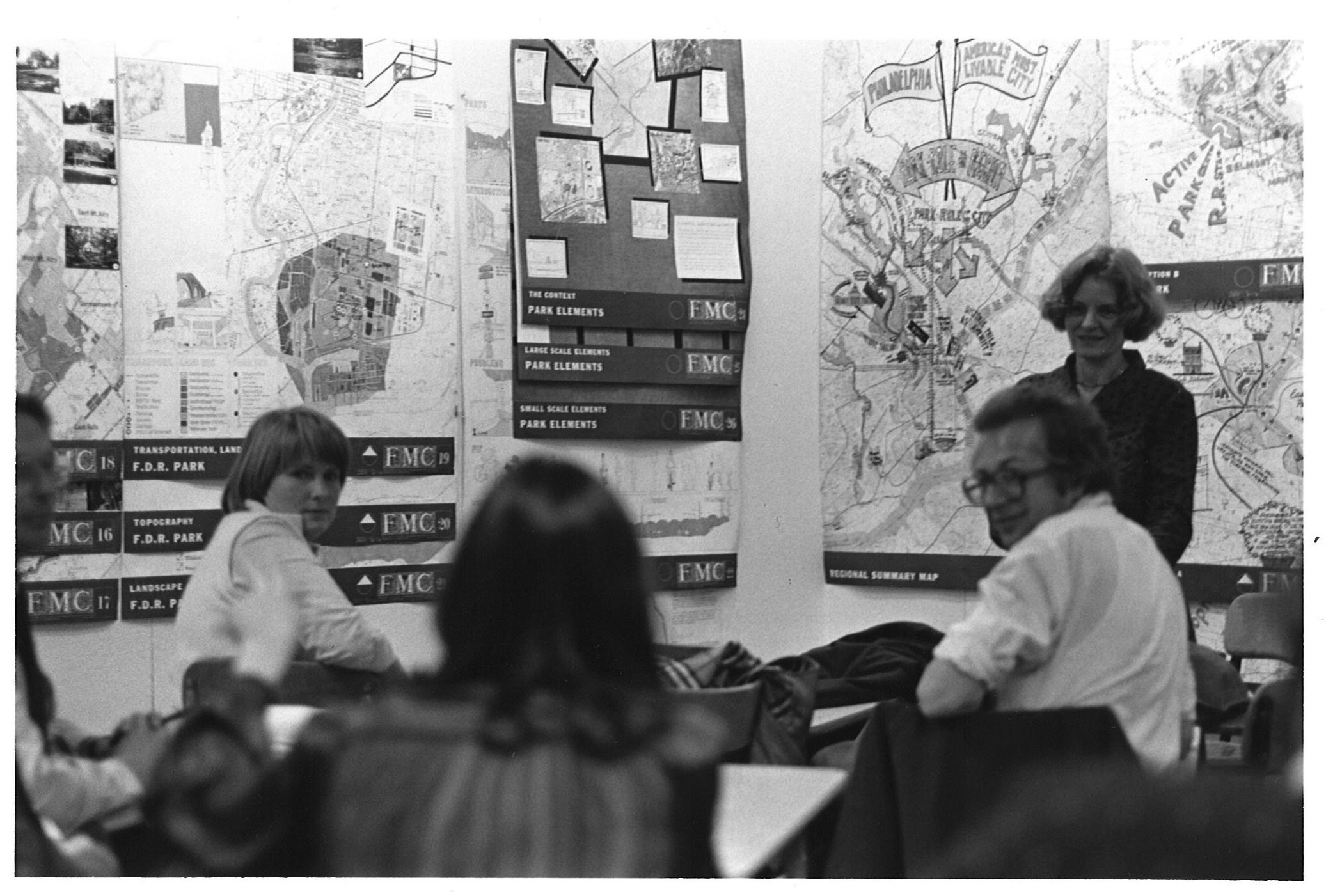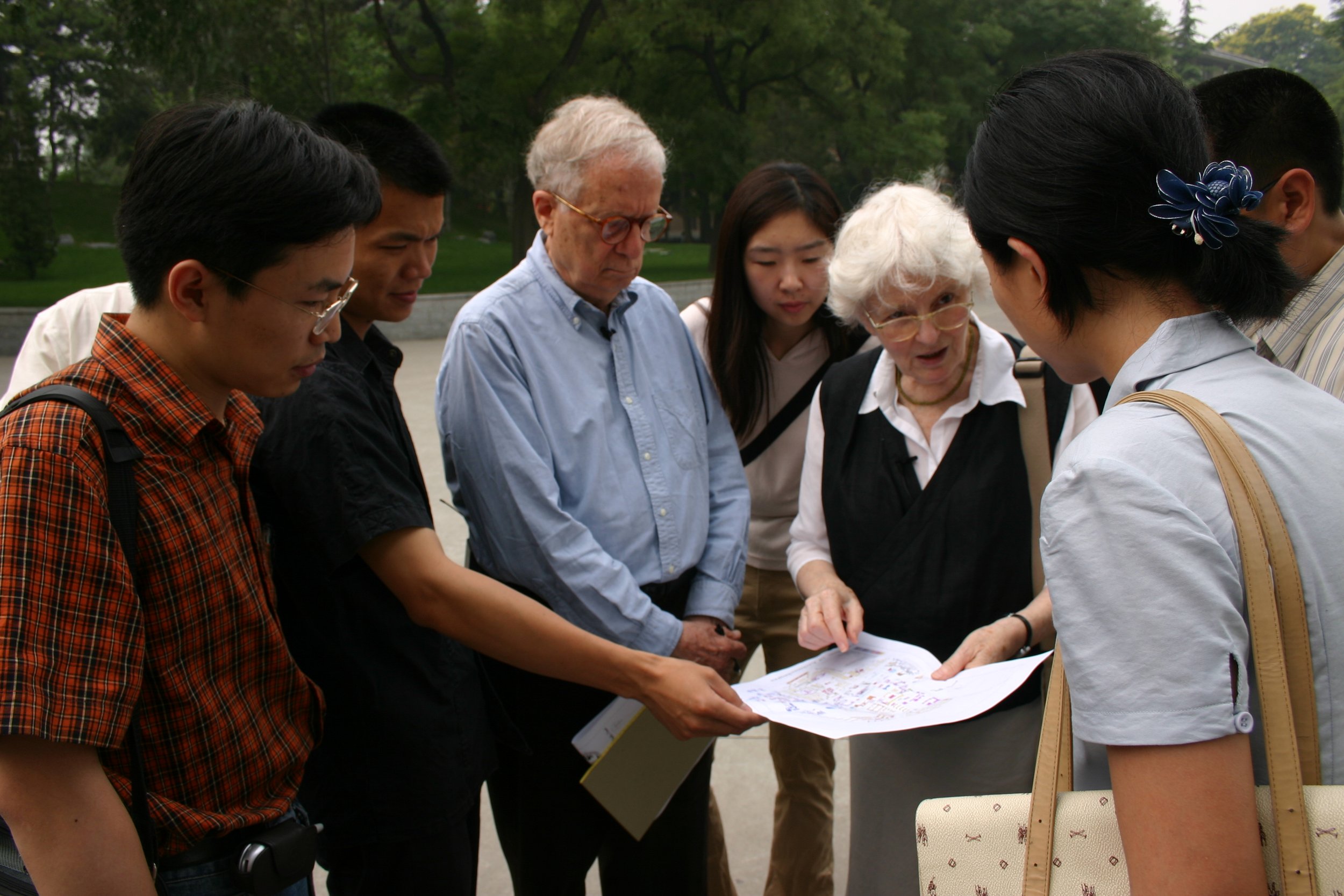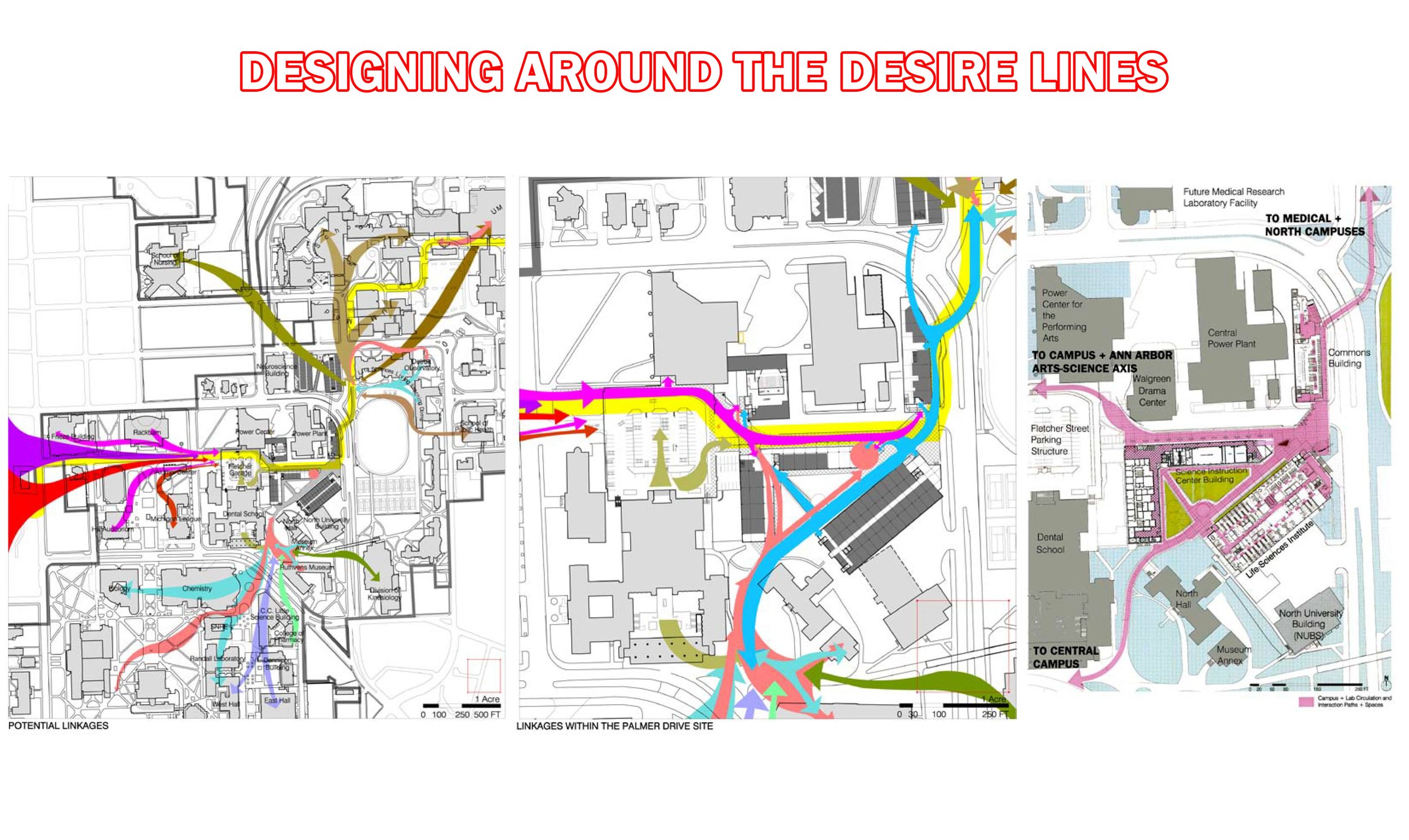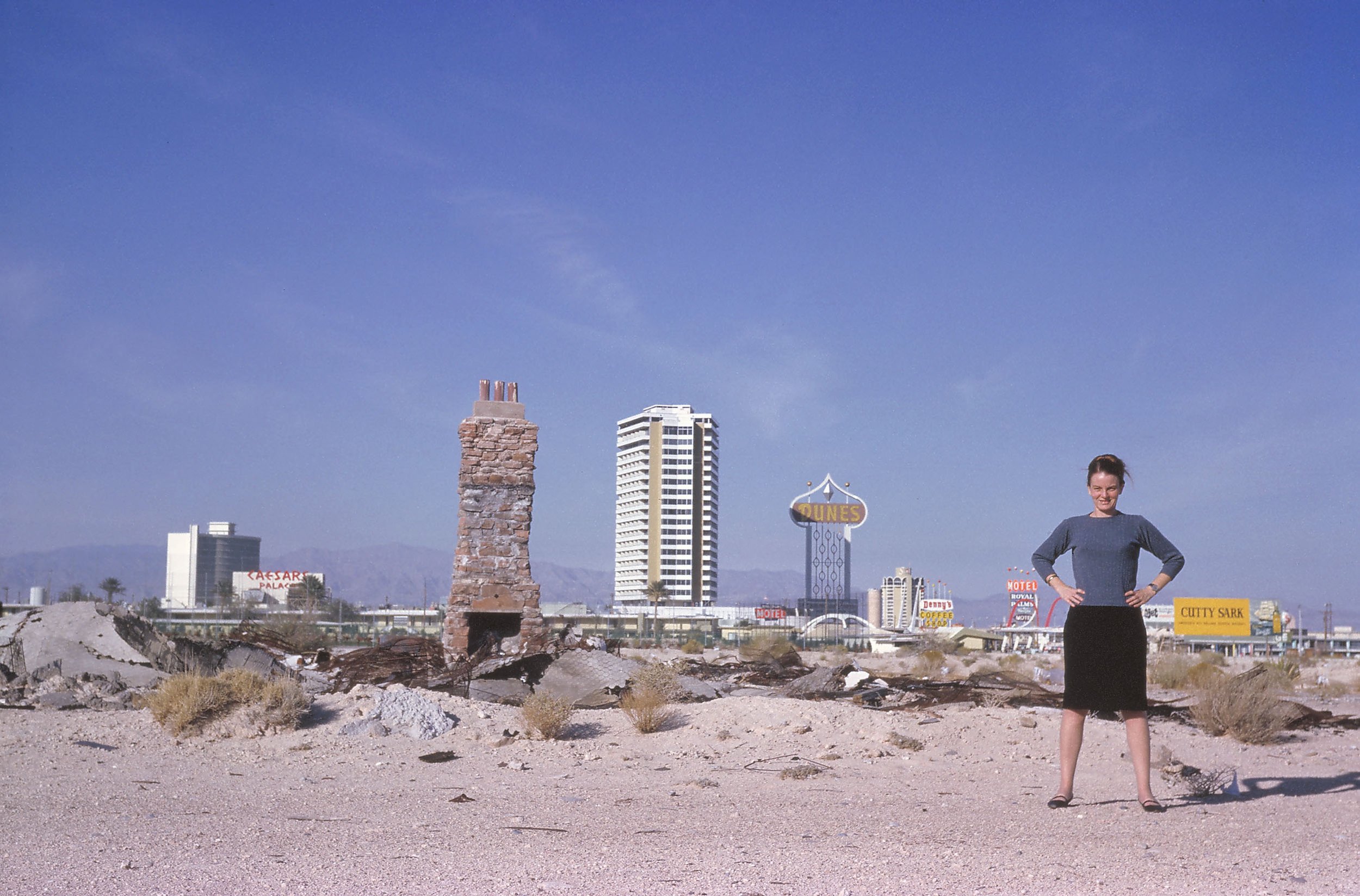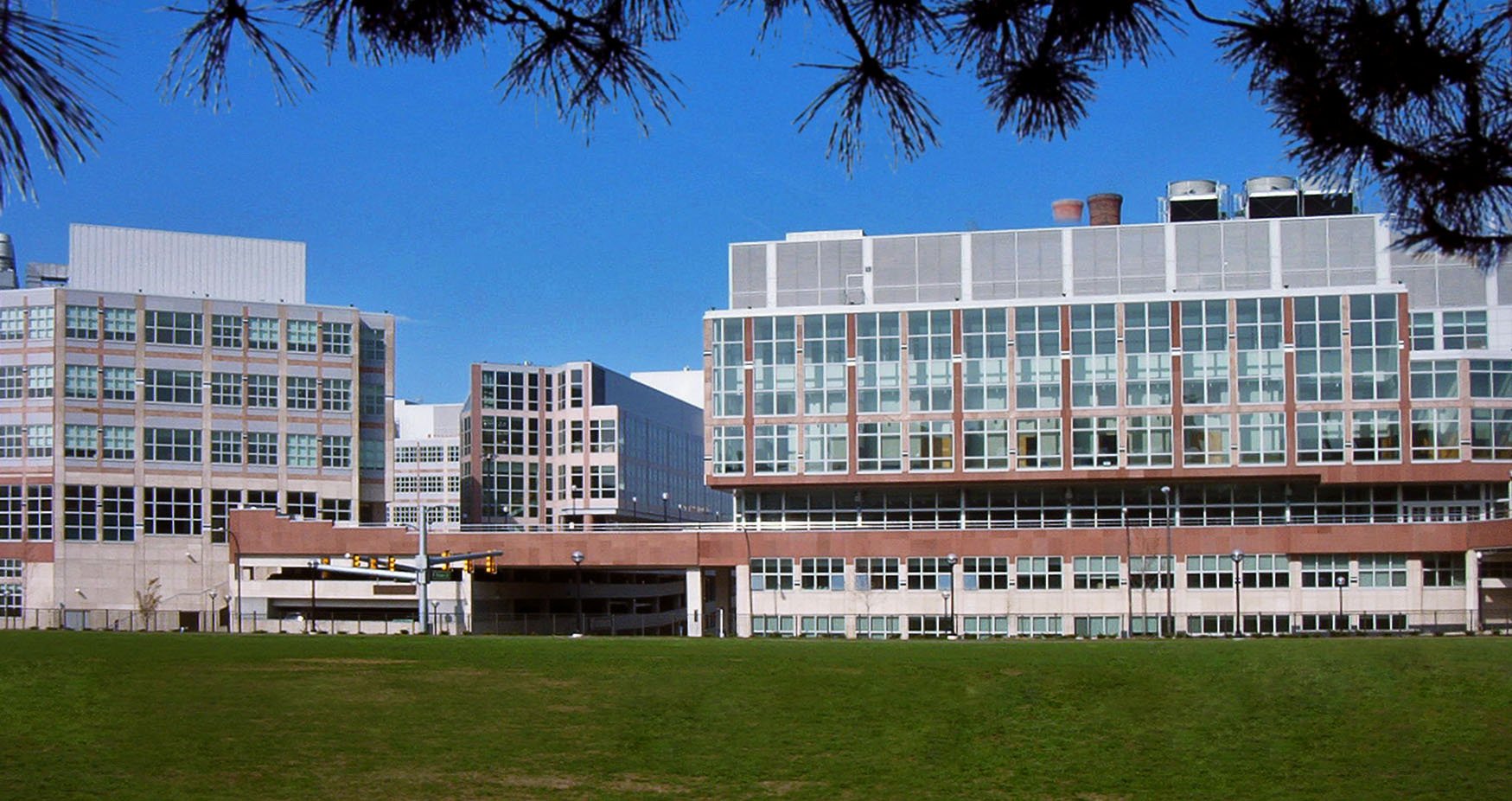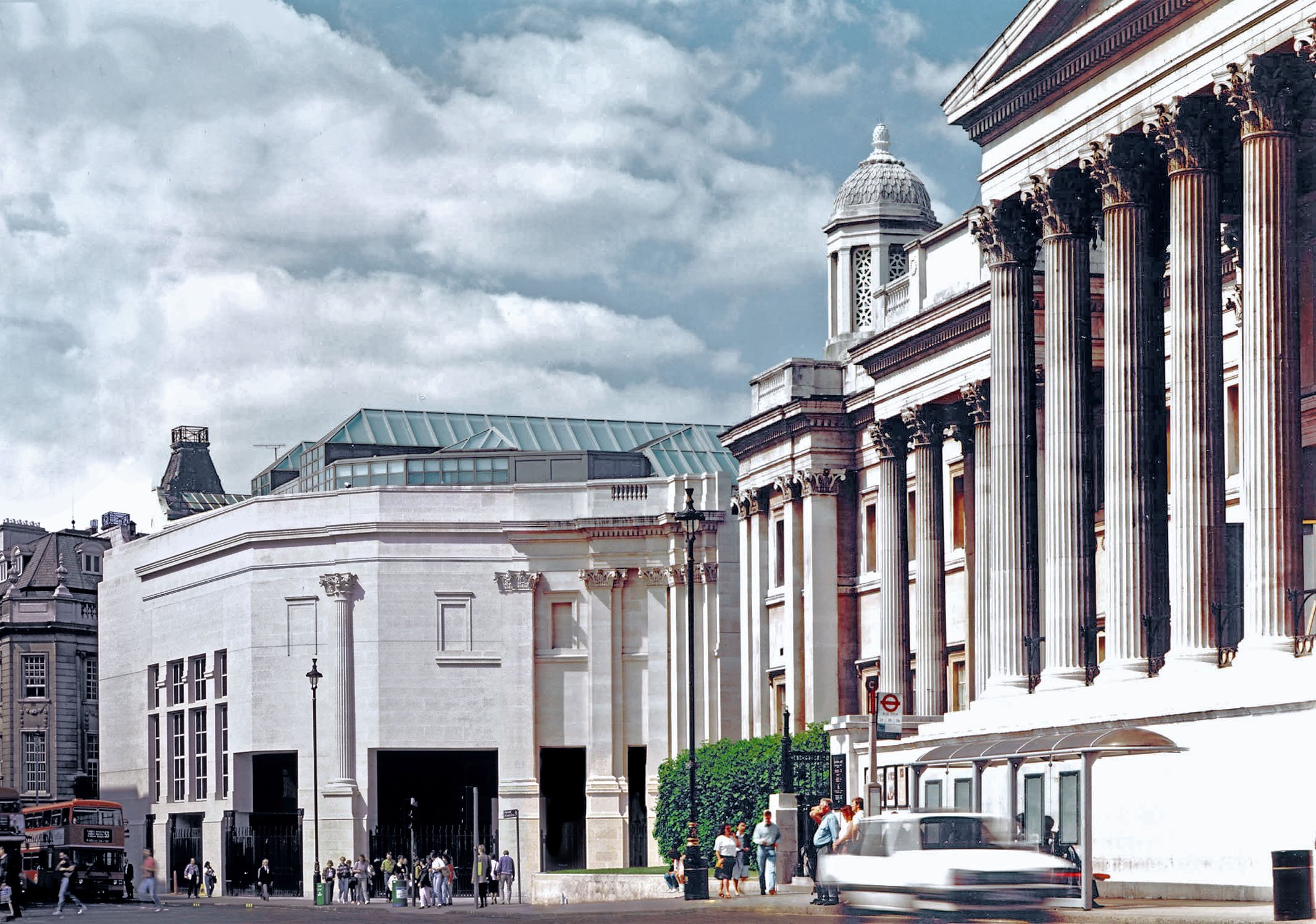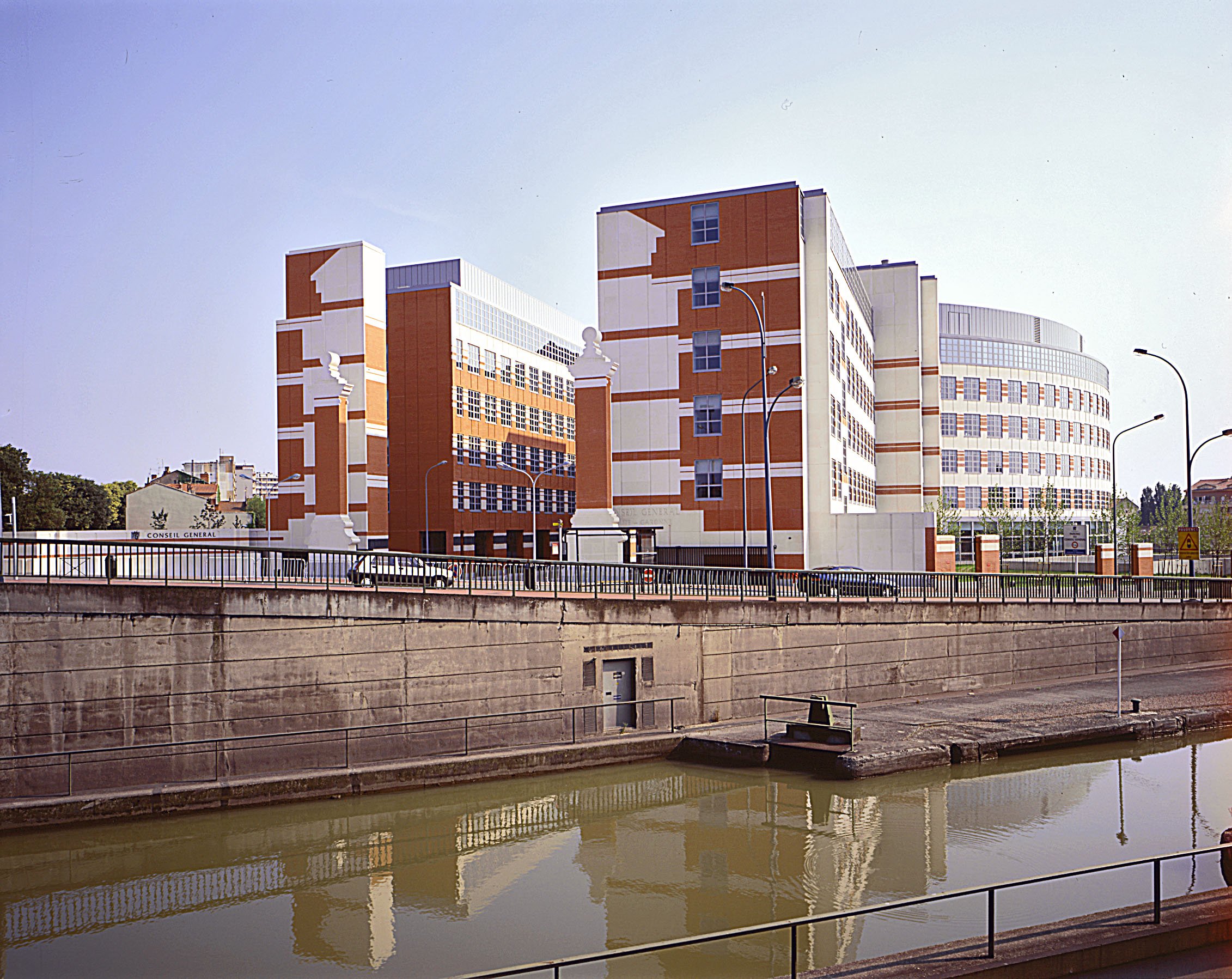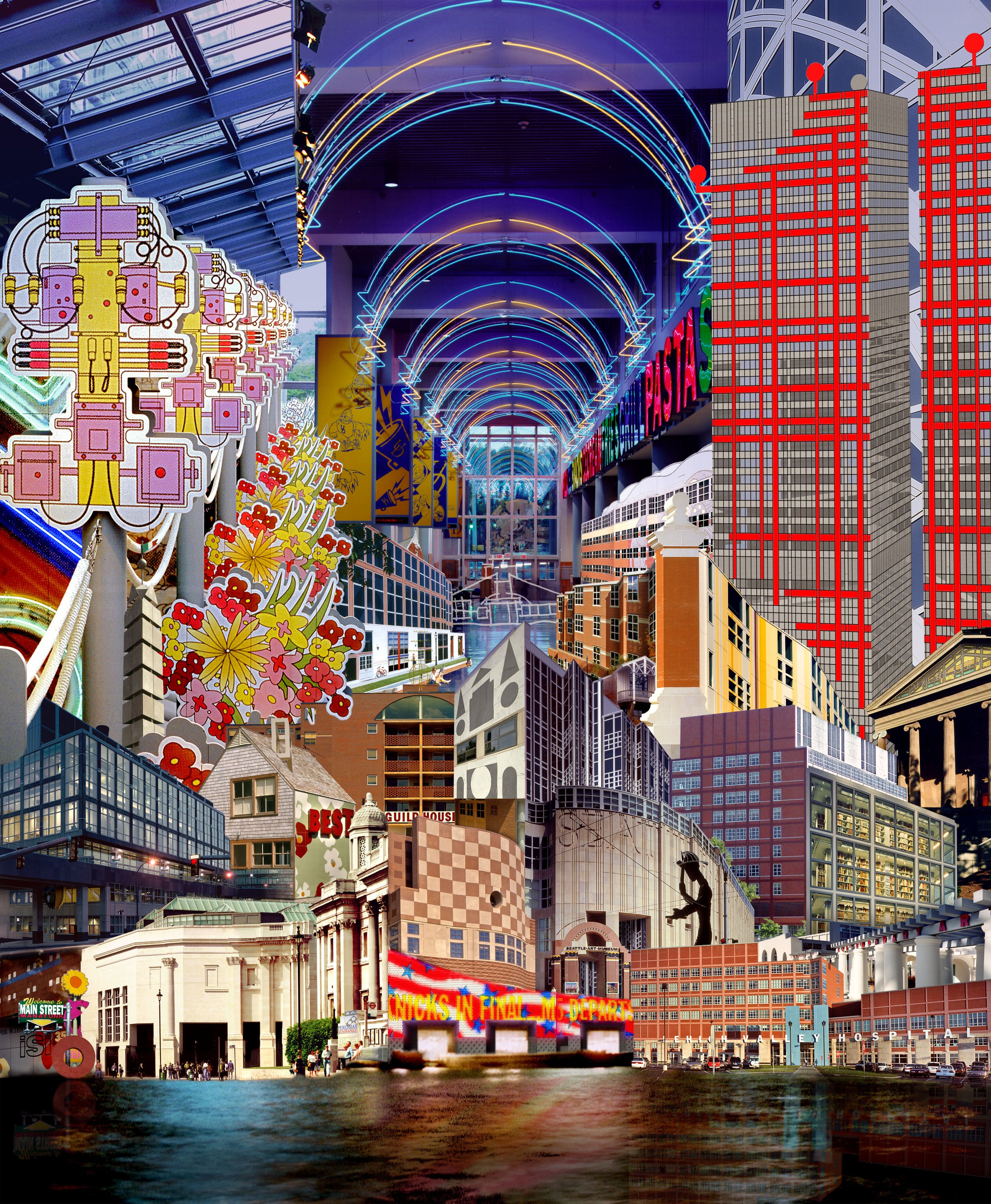#347 - DENISE SCOTT BROWN, Architect, Planner and Urban Designer, Theorist, Writer, and Educator
SUMMARY
This week David and Marina of FAME Architecture & Design are joined by Denise Scott Brown, architect, planner and urban designer, theorist, writer, educator to discuss her background and upbringing in South Africa; her beginnings in architecture; traveling the world; how teaching impacted her life and career; the National Gallery and other of her projects being remodeled; and much more. Enjoy!
ABOUT DENISE
Denise Scott Brown is an architect, planner and urban designer, and a theorist, writer and educator whose projects, research, and writing have influenced students and architects worldwide since the 1960s. She studied architecture at the University of Witwatersrand, South Africa, the Architectural Association, London, and the University of Pennsylvania, US, where she received Masters degrees in both city planning and architecture. As principal with Robert Venturi at VSBA, Scott Brown participated in major architectural projects for the National Gallery London, the Conseil General Building in Toulouse, the Nikko Kirifuri Spa and Hotel in Japan and academic buildings across the US. She was principal for the firm’s projects in urban planning, urban design, campus planning and programming, including programming for the National Museum of the American Indian, urban planning and design for South Street, Philadelphia; Downtown Memphis; Miami Beach; and the Denver Civic Center; campuses planning and architecture for Dartmouth College, the University of Pennsylvania and the University of Michigan, and campus planning for Tsinghua University, Beijing. Her published writings include Urban Concepts, Learning from Las Vegas (with Robert Venturi and Steven Izenour) A View from the Campidoglio (with Robert Venturi), Having Words, From Soane to the Strip, and Denise Scott Brown In Other Eyes: Portrait of an Architect (Frida Grahn ed.)
TIMESTAMPS
(00:00) Introduction.
(04:36) Upbringing and growing up in South Africa.
“I say I became an architect at the age of two because at that age she (Denise’s mother) belonged to that group who are famous for having become disciples of Le Corbusier.” (09:31)
(20:58) Family.
(32:10) University education before architecture school.
“I studied physics because it was a good idea to get good at it and [I studied] maths for the same reason. I also studied more French, psychology, and English. […] And I goofed off! I deserved to goof off, [because] I’d worked so hard. In Japan, they call them “unmarried aristocrats”—kids after high school they’re allowed to go crazy and mad before they settle down again. Whenever anyone says to me, ‘How could you possibly have heard of such and such? How could you know that?’ I go back to that year where I didn’t supposedly learn.” (34:05)
(45:04) Leaving Africa.
“I think of my career of long low arcs. When Bob (Robert Venturi) and I were having so much trouble and Gordon Bunshaft made us lose one of our jobs… and now developers in London are making us lose the National Gallery. It’s going to be changed beyond belief. It makes you cry. But when we (Bob and I) were crying, I said look, “We have long low arcs in our career and we just have to be very patient. My first long low arc was Africa. I was scared of staying in Africa not only because I couldn’t afford to get into prison and then get executed, but also because there was a situation where my dad was a developer and there was a man who offered me a job […] And I realized that I’d better go somewhere where I was not known and I’d be much safer in finding my own way. ” (45:37)
(59:24) Experience at the University of Pennsylvania.
(01:11:48) How teaching saved her.
“I just found my heart was full when it needed to be full and my students were kind to me.” (01: 22:45)
(01:32:25) Teaching with Robert Venturi.
“It was Kahn's basic structure of studio that I accepted there, and I practiced it twice as his student, once as his assistant, and then I did it myself… and I had done another couple before Bob and I got together. The first one I did with Bob was when we were married and he was teaching at Yale and I set up one of their studios in my format and wrote all their work programs and things.” (01:35:43)
(01:51:37) Remodeling of the National Gallery.
“Developers want to have an example in the category of one, of some building that’s been much eroded so we can then use it as a precedent to go and erode these other ones you have there—we can't take down Westminster Cathedral, that’s an exaggeration—without people admitting that this is possible to do, you’ve already done that to a Category One building. So I think they made our building a Category One building so they could do that.” (02:03:22)
(02:13:52) Postmodernism.
“I’m a modernist and I’m a modernist because I started at two years old as a modernist and my love and my heart and all of that. But that doesn’t mean I’m going to do buildings like that. I’m going to take up their principles… There’s one of them which says, ‘There’s a little corner of heaven for those who believe in social concern and the arts.’ That’s one of the principles I like very much.” (02:14:04)
(02:17:55) Favorite building.









